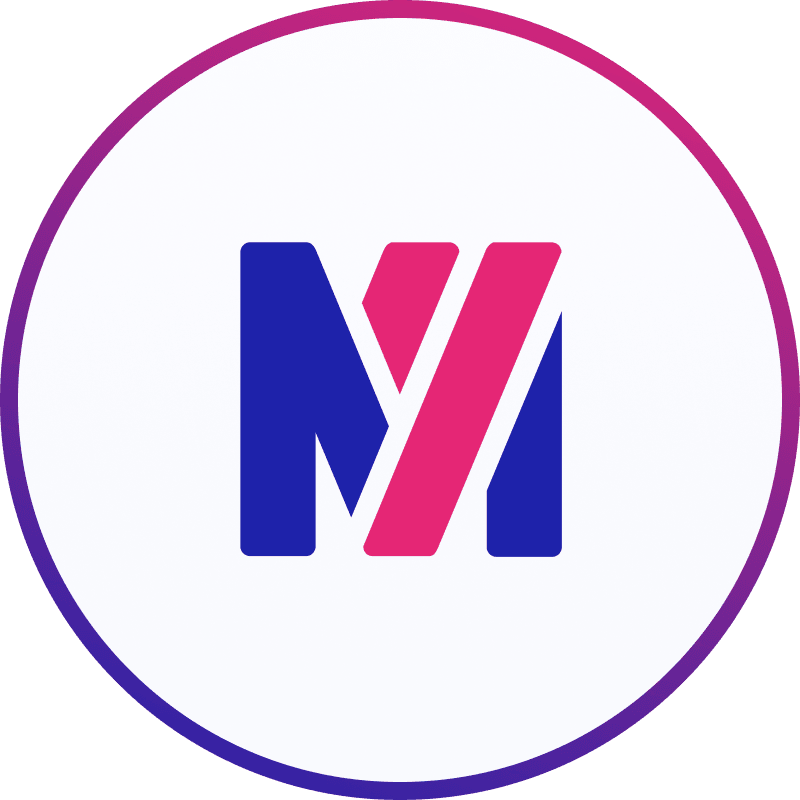Frameworks that support scalable product growth
Frameworks bring structure to the process of scaling. Two of the most practical approaches are:
- ADAPT methodology: This helps companies shift from project-based delivery to a product-led approach. It emphasizes continuous improvement, cross-functional collaboration, and aligning development with customer value [1].
- CRAFT framework: CRAFT stands for Compass (strategy), Research (discovery), Assess (metrics), Frame (go-to-market), and Tune (roadmap refinement). It keeps product teams aligned with business goals [2].
Using a framework ensures scaling efforts are intentional, repeatable, and measurable.
Measuring the business impact of scaling
Scaling a digital product should create clear business value, not just technical milestones. According to PwC, companies that align digital initiatives with business outcomes report higher revenue, improved customer retention, and reduced costs [3].
Key metrics to track include:
- Revenue growth: Are you seeing returns on increased usage?
- Customer retention: Are users coming back and gaining more value over time?
- Market share: Are you growing your footprint in your target market?
Clear KPIs keep your scaling efforts focused and accountable.
Technical foundations that support long-term scale
Early decisions with lasting consequences
The foundations laid in the first version of your product can either unlock or block future growth. Decisions that matter include:
- Database architecture: Relational databases like PostgreSQL offer strong consistency and complex queries, while NoSQL databases like MongoDB scale horizontally.
- Modular architecture: Microservices and API-first designs allow independent scaling of different components.
- CI/CD and DevOps practices: Automating deployment and testing early reduces future complexity.
These early technical decisions often go unnoticed until they become blockers.
Investing in DevOps and cloud infrastructure
Signs that it’s time to invest include:
- Slower feature releases due to deployment bottlenecks
- Infrastructure instability or outages
- Manual tasks consuming engineering time
At this point, implementing DevOps best practices and scalable cloud infrastructure through providers like AWS, Google Cloud, or Azure can reduce risks and accelerate delivery.
Gartner also highlights that organizations adopting DevOps at scale improve their deployment frequency and reduce lead time for changes, two critical metrics for scaling. [4]
Scaling without sacrificing the customer experience
Your product should remain fast, intuitive, and reliable even under load.
To ensure this:
- Use real-time performance monitoring tools (e.g., New Relic, Datadog) [5]
- Leverage customer data for personalization at scale
- Optimize for global speed with CDNs and edge networks
Netflix, for example, uses edge caching and predictive streaming to ensure performance worldwide while managing tens of millions of users. [6]
Addressing technical bottlenecks early
Some of the most common challenges when scaling digital products include:
- Infrastructure costs: Use autoscaling, serverless, or containers to optimize usage.
- Data consistency: Establish clear ownership and reliable sync strategies.
- Downtime under load: Conduct load tests and implement autoscaling.
- Codebase complexity: Refactor regularly and break down monoliths.
Identifying these issues early can save months of reactive troubleshooting.
Choosing the right scaling approach
Vertical vs. horizontal scaling
- Vertical scaling increases the power of a single machine. It is simpler but has physical limits.
- Horizontal scaling spreads load across multiple machines or containers. It is more scalable but operationally complex.
Most modern cloud-native products benefit more from horizontal scaling, especially those built with microservices or containerization.
Should you use microservices, containers, or serverless?
Each architecture pattern fits different needs:
- Microservices: Allow teams to scale and deploy independently.
- Containers (e.g., Docker): Provide lightweight, portable environments.
- Serverless: Offloads infrastructure management but may introduce cold-start delays or vendor lock-in.
Choose based on your team’s maturity, use case, and scale expectations.
Building a high-performing DevOps pipeline
Effective DevOps supports faster releases, fewer bugs, and higher resilience.
Best practices include:
- Canary deployments: Gradually release features to detect issues early.
- Feature toggles: Roll out features without full deployments.
- Parallel testing: Speed up test execution.
- Caching dependencies: Reduce build time and repetition.
Teams that automate, monitor, and iterate on their pipelines deploy more often with less risk [7].
For reference, the State of DevOps Report by Google Cloud and DORA shows that elite-performing teams deploy 973 times more frequently and recover from incidents 6570 times faster than low performers [8].
Metrics that show healthy scaling
Track a mix of product, performance, and business metrics:
- Adoption rate: Is usage increasing?
- Activation rate: Are users finding value early?
- Time to first value: How fast do users benefit?
- Infrastructure costs vs. growth: Are resources being used efficiently?
- Net Promoter Score (NPS): Are users likely to recommend you?
These metrics tell the full story, not just whether you are growing, but how well you are managing that growth.
Ready to scale your product without the growing pains?
Scaling digital products is both a technical challenge and a strategic opportunity. Done well, it drives revenue, improves user satisfaction, and strengthens your competitive position. But it takes discipline, the right frameworks, and a team that knows how to anticipate and solve scaling challenges.
At Mosano, we help digital product teams scale with confidence. From DevOps to cloud infrastructure and product strategy, we bring hands-on experience that helps you grow without compromise.
Learn how Mosano can help you navigate this challenge. Get in touch now!
References
[1] ADAPT Methodology, The First Project-to-Product Digital Product Development Framework, 2024.
[3] PwC, Create measurable outcomes through digital transformation, 2022.
[4] Gartner, Use Our Agile and DevOps Hype Cycle to Guide Tech Investment, 2024.
[5] CloudZero, Datadog vs. New Relic: A 2025 comparison guide, 2025.
[6] Netflix Technology Blog. Using machine learning to improve streaming quality at Netflix, 2018.
[7] Puppet, State of DevOps Report 2021, 2021.
[8] Google Cloud & DORA, 2021 Accelerate State of DevOps Report, 2021.

